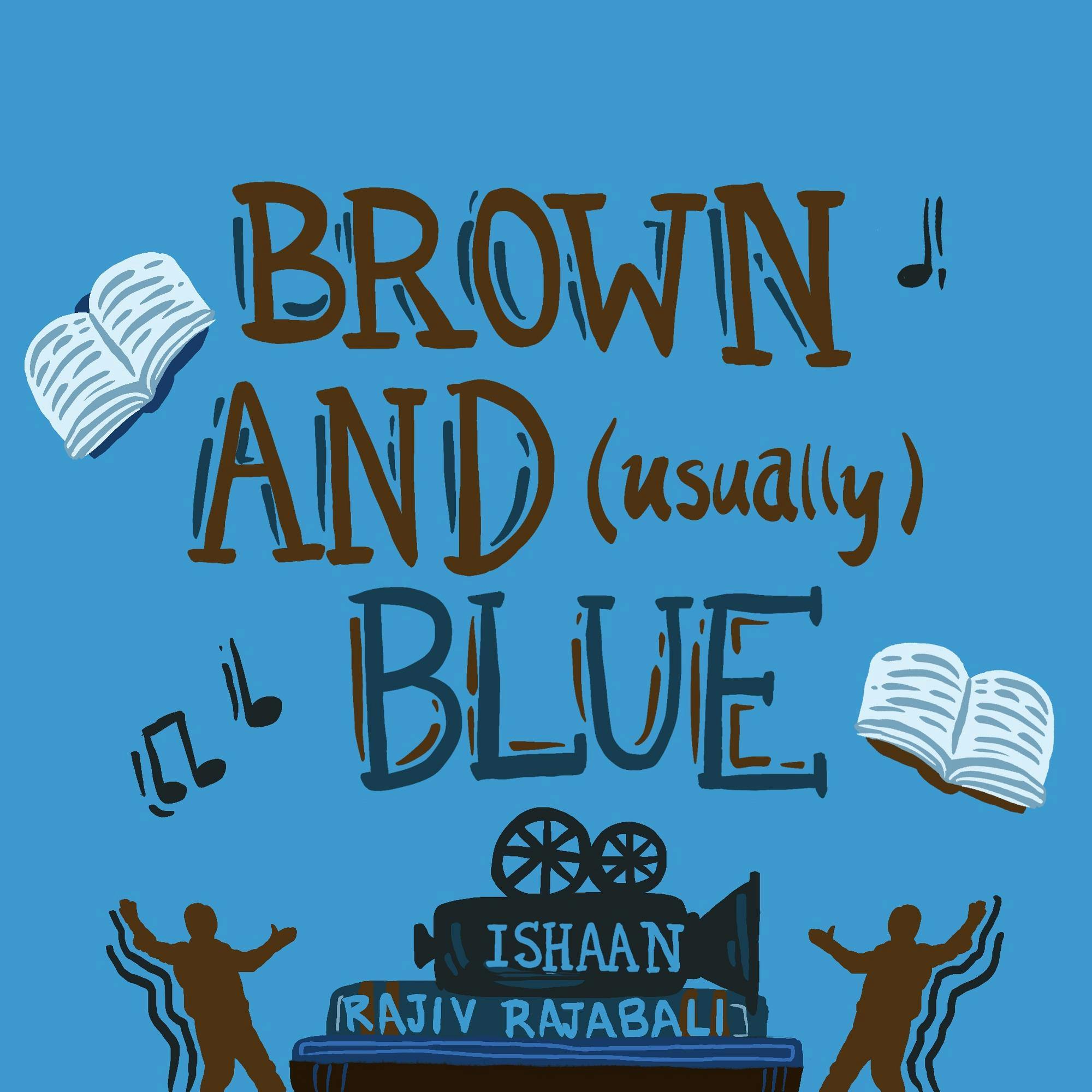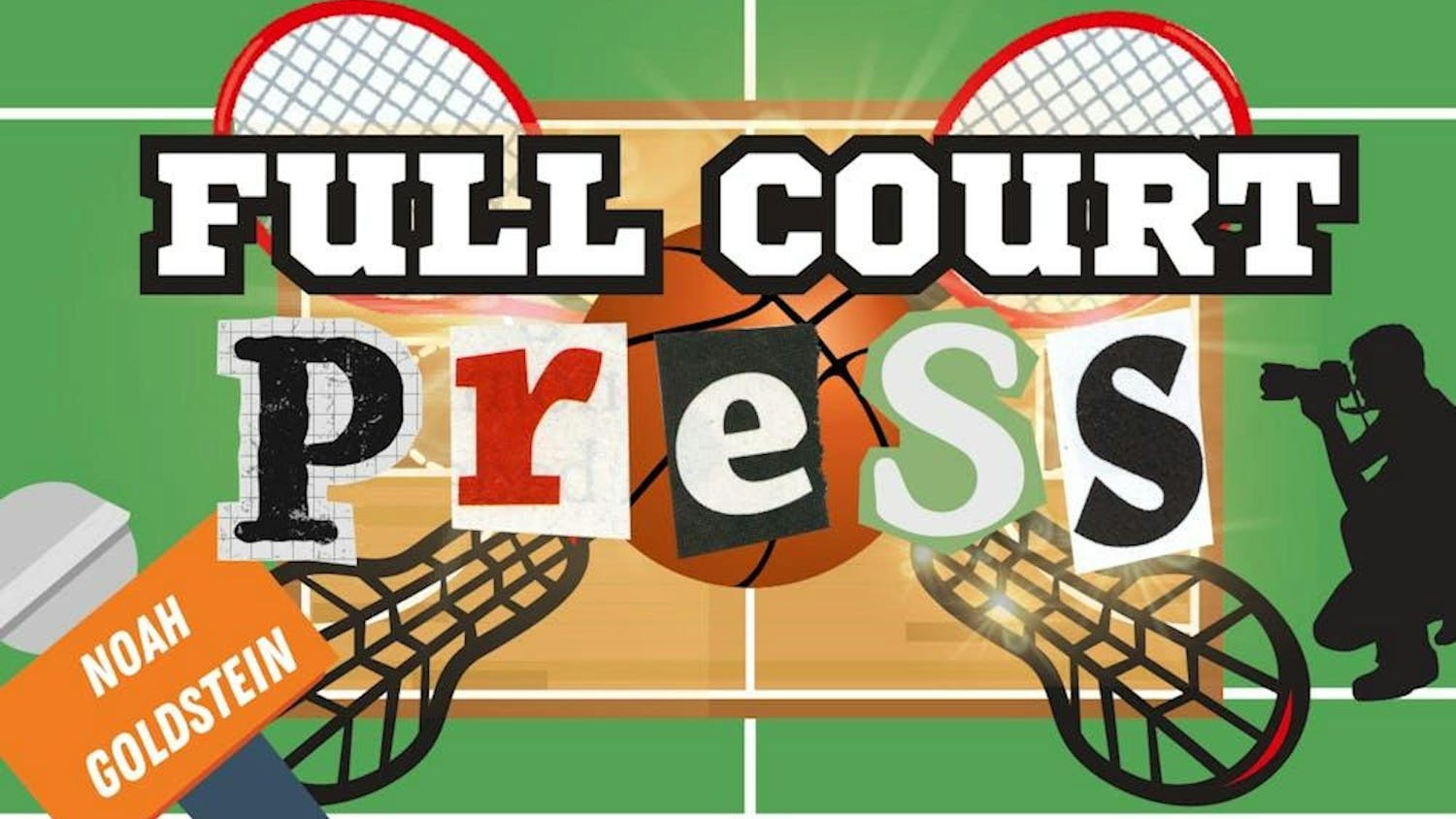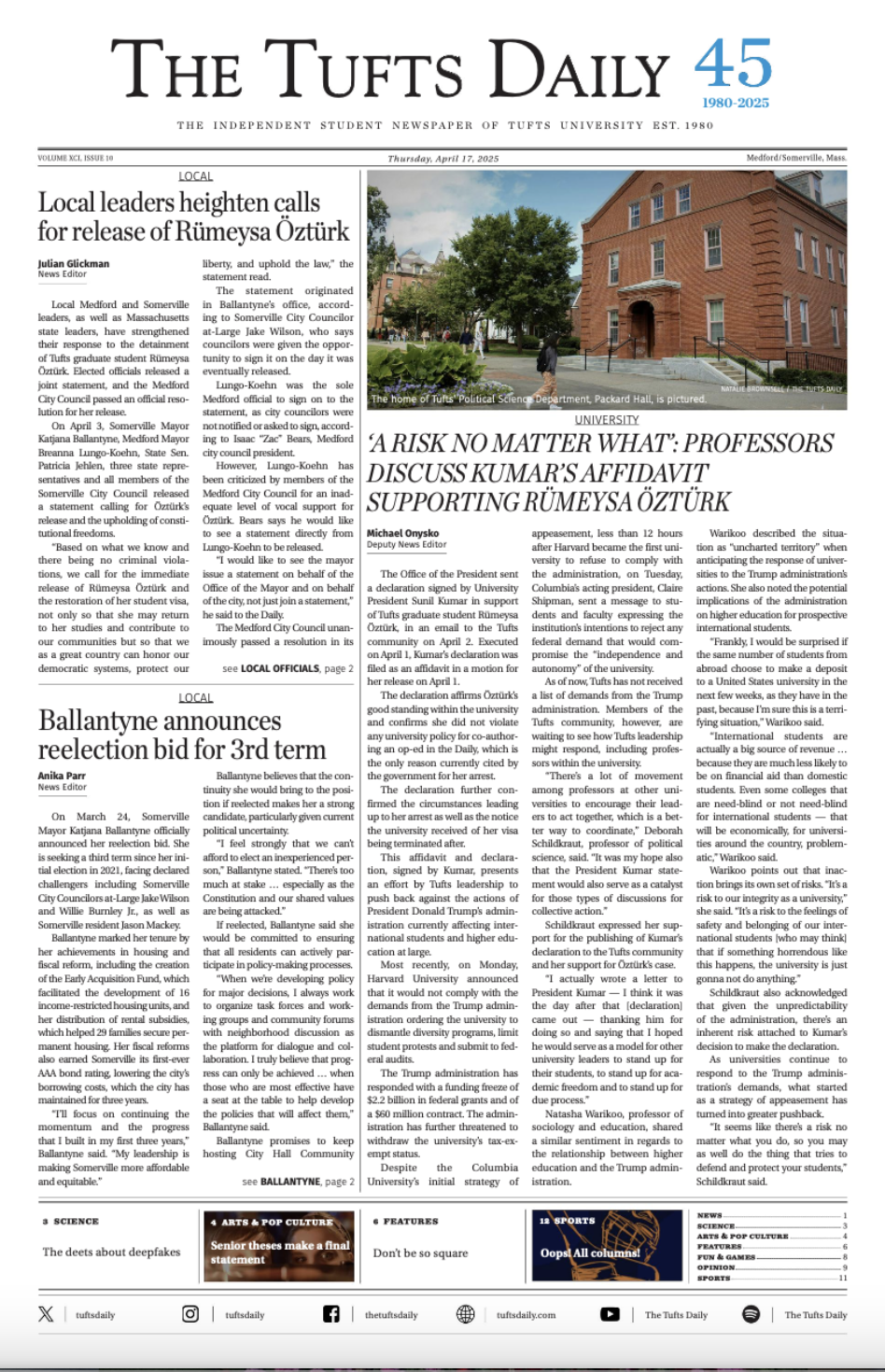Author’s note: The date of the festival of Holi changes every year — this year, it was celebrated on March 25. However, the coming of spring is not a valid reason for an extension on my assignments, hence this article comes a week later!
A few weeks ago, I was sitting with my friend and her study group in The Commons Marketplace, working away on an assignment. As we talked spring break and the onset of March, the conversation turned to the Indian festival of Holi. “Oh yeah!” exclaimed someone at the table, “Isn’t that like Indian paintball?” I suppressed a chuckle, agreed and added that we also dance around a fire at midnight and offer a vial of our blood to celebrate springtime. The comparison did stay with me though, having struck me. On the surface, it seems valid — both involve people lobbing color at one another. But while one is played with protective gear and unchecked aggression, the other is a celebration of community, even outside of its cultural context. For me, it's also an essential reminder of togetherness in a — and forgive me as I step into my Poli Sci student persona — time of polarization.
Perhaps you know about the festival of colors from the music video of Coldplay’s “Hymn for the Weekend.” Maybe you saw Priyanka Chopra color Jimmy Fallon in pink and blue on “The Tonight Show” in 2017. Maybe you’ve even played it, amid the raucous laughter of kids and the tuneless singing of uncles. Whatever the case, Holi occupies a special place in India, inhabiting the liminal space between tradition and enjoyment.
The most common Holi myth commemorates the victory of good over evil — it follows a Demon King’s attempt to get rid of his son, a staunch devotee of the Vishnu (the Preserver, in Hindu mythology), by having his inflammable sister Holika sit in a pyre with the boy in her lap. The blessings of the god Vishnu prevail, and the wicked sister burns instead, leaving behind a most enjoyable festival named after her. The night before the colorful celebrations, a small fire is lit and into it are cast the misdeeds, evil thoughts and quarrels of those present, so that they can enter spring with a clean conscience. The festival also coincides with the harvesting of winter crops and honors the fertility of the land.
The love we have for Holi is paralleled in its myriad depictions on screen — here are a few of my favorite examples. In the widely beloved 2013 coming-of-age flick “Yeh Jawaani Hai Deewani,” in English “This Youth is Crazy,” the protagonist Naina (Deepika Padukone) sings about the excitement and headiness of a developing flirtation, crooning, “Why am I getting double the intoxication, have you fed me sweetness with your eyes?” In the epic love story “Bajirao Mastani,” the ever-radiant Padukone, in the role of the titular princess Mastani, performs a Kathak number for her smitten paramour, asking him to color her red in the most innocent pick-up line ever. Turn back the clock to 1981, and you have the iconic Holi song, the one that is to Holi what “All I Want for Christmas is You” is to the festive season: “Rang Barse Bhige Chunar Wali,” in English, “Color Rains Down.” Iconic Bollywood star Amitabh Bachchan gave us his on-screen rendering of the song in the 1981 romantic drama “Silsila,” in English “Connection,” While the original song has endured as a popular folk tune, Bachchan’s version, with its playful intones, aptly encapsulates the festival's emotions. In the film, Bachchan most audaciously sings to his former flame in front of their spouses, belting out, “The girl in the scarf has been drenched in a shower of colors!” Any Holi party is incomplete without at least one drunk uncle singing the tune.
With the steep rise of communal tensions, festivals are slowly transitioning into occasions to assert differences, in increasingly harsh ways. Members of a right-wing student organization forcibly entered a celebration on a university campus in Shillong, Meghalaya, and they allegedly said casteist slurs before assaulting a student. A discomfiting video from Bijnor, Uttar Pradesh, showed a Muslim family being accosted and sprayed with colored water, an act that was followed by religious chants. At its heart, Holi is a day to forget differences and embrace togetherness, friendship and community. It's disillusioning (to say the least) to see a festival, one that I have always looked forward to, turn into an event to whip up hate and mistrust.
This year’s Holi, for me, is not as much a rebirth as it is a renewal. A renewal of the long-held values of harmony and solidarity, across the diverse backgrounds of those who play. Because this festival, one that is so quintessentially Indian, has been, should be and will continue to be enjoyed by all. Its cultural expression may be specific, but its message is universal. And if you’re crushing on someone … no better way to confess. Just watch the music video for any Holi song for inspo!






